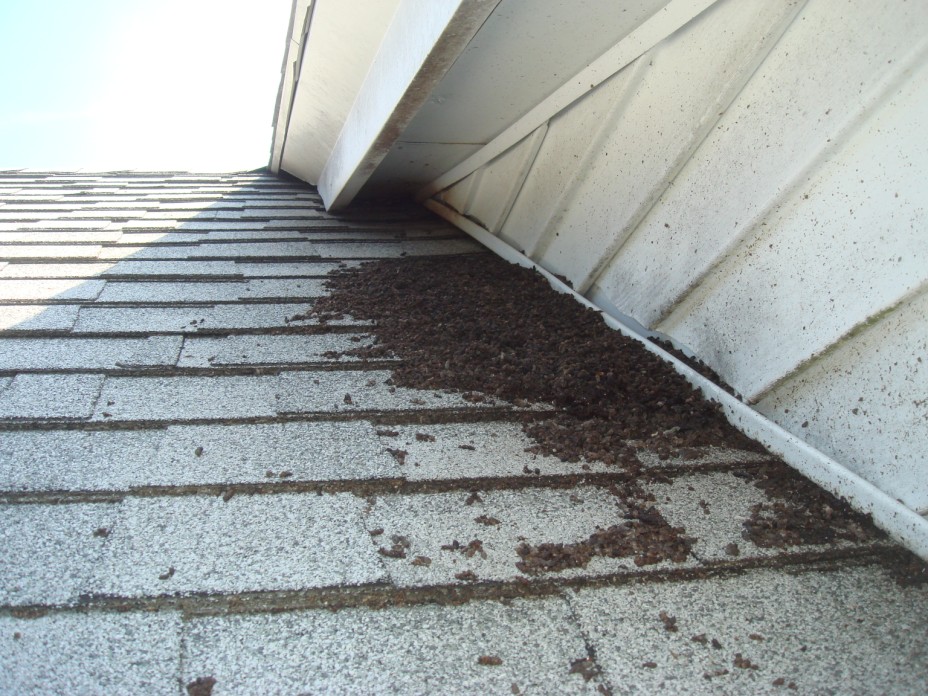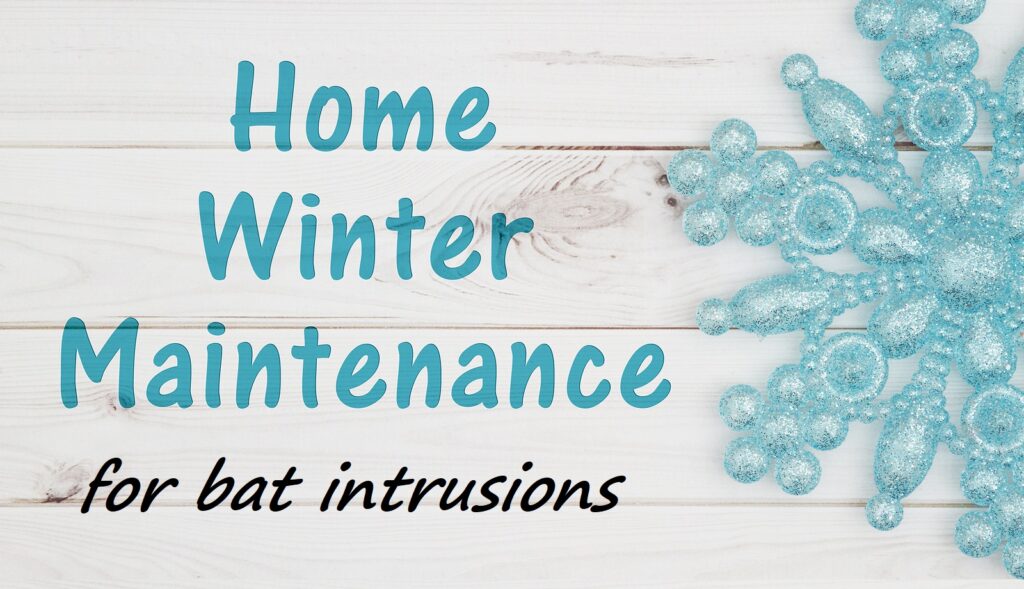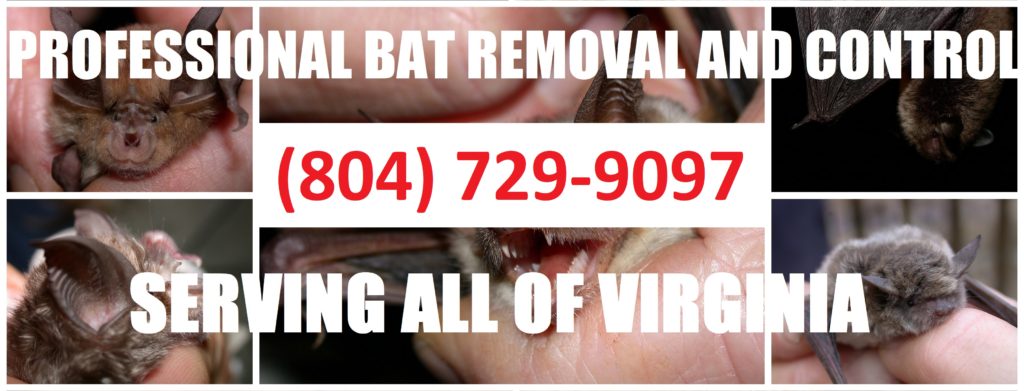We have been checking yes or no our whole lives it seems, from grade school love letters and SAT questionnaires to county census forms, insurance applications, dating apps, and much more. Perhaps this is due to the fact that a yes-or-no survey platform is proven to work well when it comes to obtaining straightforward answers. When it comes to getting to the bottom of a possible bat infestation, the same type of approach can help you figure it out fast.
Continue reading to review a checklist of tell-tale signs of bats in the attic. If you check yes to even one, contact a licensed bat removal and control company in Virginia right away!

Checklist of Common Signs of Bats in the Attic
You will need to look for signs of a bat infestation in the attic from the inside, out. This means you will need to perform an outdoor inspection and an indoor one. Start outside, as most signs of intruding bats start there. Then make your way indoors to look for more common signs of bats in the attic or walls.
EXTERIOR CHECKLIST:
Oily Spots and Grease Stains ↔ Y▢ N▢
Do you see oily spots or dark, grease-like stains on your siding? This is a giveaway for intruding bats. Bat fur is a bit oily and dirty, and when they squeeze through openings in the roof or siding, it can leave behind a stain around the entry point, overtime.
Bat Guano Piles ↔ Y▢ N▢
Bats produce excrement just like all other living organisms. And like most animals being sought out or hunted, their droppings tend to be a dead giveaway of their presence. As for the outside of your home or business, start by looking around windowsills, door frames, and roof ledges. Bat guano usually piles up in these areas because it is where they like to perch during dawn and dusk hours.
Flying Bats ↔ Y▢ N▢
If you see flying bats outside of your property during sunset or just before sunrise, you can safely assume you have a nuisance bat threat. Whether or not you have bats in the attic would depend on if they targeted your place and gained entry. If you check yes to this after suspecting that you have bats in the attic, you likely do.
Dead Bats ↔ Y▢ N▢
Same with flying bats, if you find a dead bat on your property, you likely have a local bat population nearby, which increases the likelihood of having a bat infestation in your attic. Do not touch or tamper with a dead bat unless it poses a safety risk to people and pets. Let nature take its course or use a shoe box lid to move it to a safer location.
INTERIOR CHECKLIST:
Chirping Sounds ↔ Y▢ N▢
One of the first signs of having bats in the attic detected by homeowners is hearing chirping, squeaking, and fluttering from within their walls or ceiling spaces. Bats make noise like most animals, and you can hear their noises the most during sunset and sunrise hours.
Bat Guano in Attic ↔ Y▢ N▢
Just like outside, bat guano will accumulate inside if you have a presence of bats. Look inside your attic, if you feel safe doing so, and see if you can spot guano. If you do see bat guano, you can safely assume you have bats in there too. It is not recommended to check your attic if you suspect bats to be in there. Contact a licensed wildlife control professional for an attic inspection.
Stains on Walls and Ceilings ↔ Y▢ N▢
The stains that present themselves on the inside of your house are not caused by the same circumstances of the black or brown oily stains on your siding. Instead, bat urine and droppings will cause brownish, yellowish stains to appear on ceilings and walls. If you see these stains, you might have bats in the attic.
Ammonia Odors ↔ Y▢ N▢
Along with bat urine and droppings come odor. Lingering odors in the living quarters of the residence is a tell-tale sign of an animal infestation. For bats in the attic, their odors are generally described as having an ammonia aroma. Putrid and sour smells can also indicate a long-time bat infestation in the attic.
So, how many did you check yes to? Contact Virginia Bat Pros at 804-729-9097 for bat removal and control in Richmond, Virginia. We serve both residential and commercial clients in all surrounding counties and locations.
Related Posts:
Did You Find a Dead Bat on Your Property?
How to Remove a Flying Bat in the House
Why You Need Professional Service to Get Rid of Bats in the Attic




